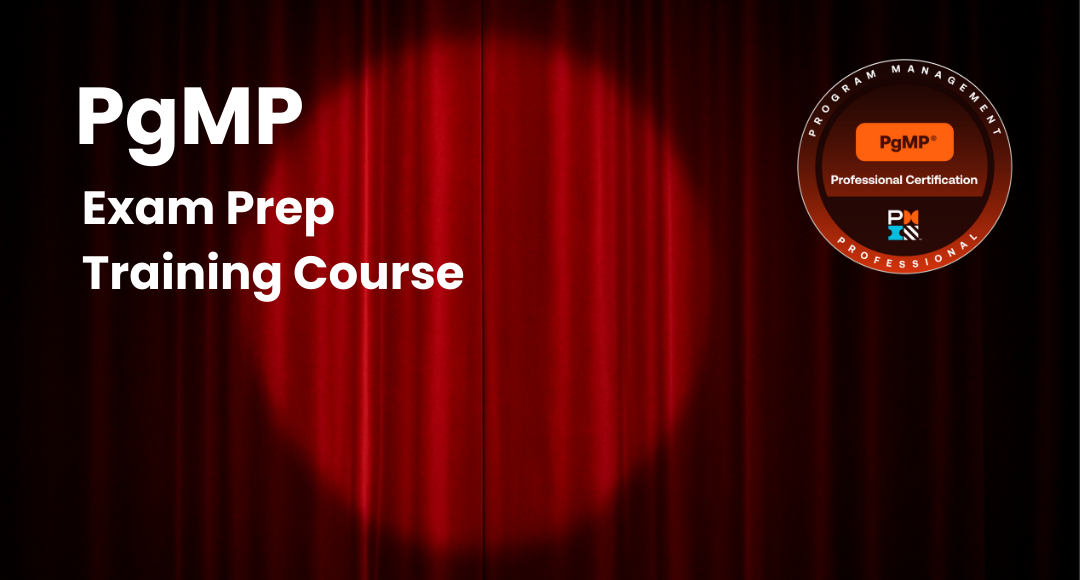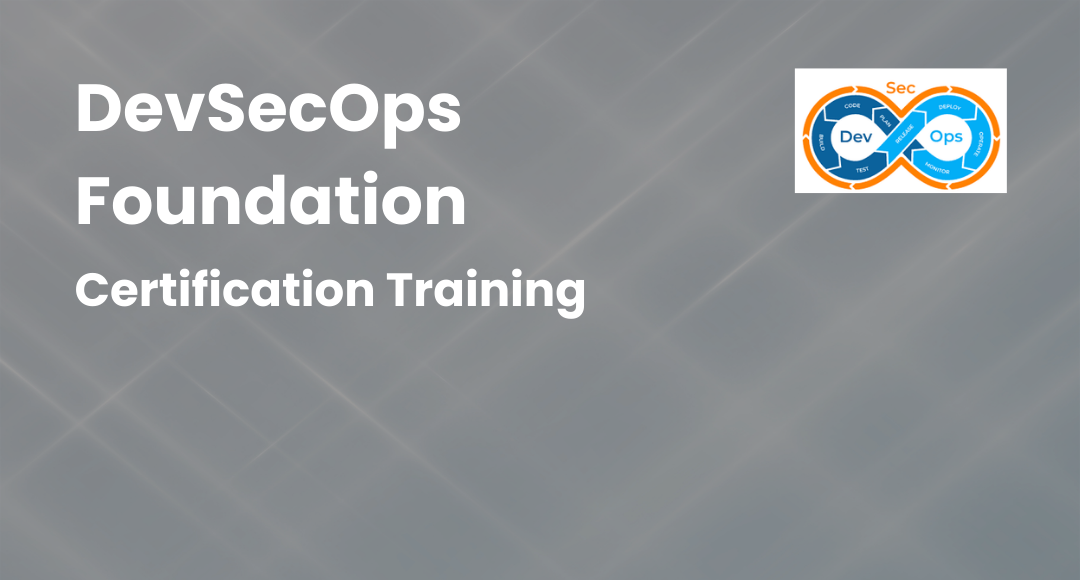What is a Product Owner - Role, Objectives and Importance Explained
-
 By Nchumbeni Yanthan
By Nchumbeni Yanthan - Published on Oct 17 2023

Table of Contents
- Product Owner Overview
- Understanding Product Owner Role and Objectives
- Product Owner Responsibilities
- Objectives of a Product Owner
- Importance of Effective Product Ownership
- Difference between a Scrum Master and a Product Owner
- Future Scope for a Product Owner
- Requirements to Become a Product Owner
- How to Start Your Career as a Product Owner?
- Conclusion
- Frequently Asked Questions (FAQs)
Product Owner Overview
In today's fast-paced business world, the role of a product owner stands as a vital role in the Agile and Scrum methodologies. What is a product owner? The product owner is not merely a title but a multifaceted position that shapes the success of a project. This section delves deeper into the pivotal role a product owner plays in the dynamic world of software development.
What makes a good product owner is their ability to bridge the gap among project stakeholders, which comprises business leaders, clients, and the development squad. Their core duty is to encapsulate the product's vision and objectives, guaranteeing that each development endeavor aligns with these goals. The breadth of their responsibilities extends from outlining the product roadmap to managing a meticulously ranked feature backlog. By shouldering this critical role, Product Owners drive product development towards creating value for the end-users and achieving business objectives.
Understanding Product Owner Role and Objectives
Let us take a closer look at what is a Product Owner and the role and objectives they encompass:

Product Owner Responsibilities
The Product Owner's responsibilities include:
- Defining Product Vision: Creating a clear and compelling vision for the product that aligns with the organization's goals.
- Managing the Product Backlog: Prioritizing and maintaining a well-structured backlog of features and user stories.
- Communicating Priorities: Constantly communicating with the development team to clarify requirements and ensure everyone is on the same page.
- Accepting or Rejecting Work: Making decisions on whether to accept or reject completed work based on acceptance criteria.
- Stakeholder Management: Gathering feedback from stakeholders and incorporating it into the product's development.
- Release Planning: Collaborating with the team to plan and execute releases, ensuring that valuable features are delivered incrementally.
Objectives of a Product Owner
The primary objectives of a Product Owner are to:
- Maximize the value delivered by the development team.
- Ensure that the product meets the needs and expectations of stakeholders.
- Continuously adapt the product backlog based on changing priorities and feedback.
- Provide a clear vision and direction for the product.
Importance of Effective Product Ownership
Effective Product Ownership is crucial for several reasons:
- Customer Satisfaction: A well-versed Product Owner ensures that the product aligns with customer needs, leading to higher customer satisfaction.
- Faster Time-to-Market: Efficient backlog management and decision-making accelerate product development and reduce time-to-market.
- Improved ROI: Prioritizing valuable features and addressing customer feedback promptly enhances the return on investment.
- Team Empowerment: Empowering the development team with a clear vision and prioritized backlog fosters a motivated and productive team.
Difference between a Scrum Master and a Product Owner
It's essential to differentiate between the roles of a Scrum Master and a Product Owner within Agile and Scrum frameworks:
- Product Owner: Focuses on defining the product, setting priorities, and ensuring that the team delivers maximum value to stakeholders.
- Scrum Master: Facilitates the Scrum process, removes impediments, and serves as a coach and mentor to the team.
In essence, while the Product Owner drives product development, the Scrum Master supports the team's adherence to Agile principles and practices.
Future Scope for a Product Owner
The future outlook for Product Owners is highly promising. As organizations continue to embrace Agile methodologies, the demand for skilled Product Owners is on the rise.
Their unique ability to align customer needs with product development makes them indispensable. This demand is not limited to specific industries, offering Product Owners opportunities for diverse experiences.
Additionally, the trend of remote work has expanded their reach, enabling collaboration on a global scale. In essence, a career as a Product Owner holds significant potential for professional growth and advancement.
Requirements to Become a Product Owner
To become a Product Owner, certain qualifications and skills are needed:
Educational Background
No specific educational requirements exist for Product Owners, but a background in business or engineering is beneficial. Many Product Owners have bachelor's degrees, and some pursue master's degrees in business administration or project management.
Essential Skills
To excel as a Product Owner, you should possess the following skills:
- Communication: Strong communication skills are essential for conveying the product vision and requirements to the development team and stakeholders effectively.
- Prioritization: The ability to prioritize features based on value and align them with business goals is crucial.
- Domain Knowledge: Understanding the industry and domain in which the product operates is essential for making informed decisions.
- Empathy: Empathizing with users and stakeholders helps in identifying their needs and expectations.
- Decision-Making: Product Owners must make quick and informed decisions to keep the development process on track.
Agile Certification
Obtaining an Agile certification, such as Certified Scrum Product Owner (CSPO), can enhance your credibility and knowledge in Agile practices and Product Ownership.
How to Start Your Career as a Product Owner?
Start your product owner career with these simple steps:
Step 1: Learn Agile and Scrum Fundamentals
Start by gaining a foundational understanding of Agile principles and Scrum methodologies. Sprintzeal offers Agile and Scrum training courses that cover these fundamentals.
Step 2: Enroll in a Certified Scrum Product Owner (CSPO) Course
Consider enrolling in a CSPO certification course offered by Sprintzeal. This program will provide you with in-depth knowledge of the Product Owner role and Agile practices, enhancing your qualifications in Product Owner Certifications.
Step 3: Gain Practical Experience
Apply your learning in real-world scenarios. If you're currently working in a role related to product development, start taking on Product Owner responsibilities gradually.
Step 4: Network and Collaborate
Connect with Agile and Scrum professionals through educational community and events. Collaborate with peers to learn from their experiences and gain insights.
Step 5: Get Certified
Complete your CSPO certification with Sprintzeal. This certification will validate your expertise as a Product Owner and open up career opportunities.

Conclusion
In the Agile landscape, a Product Owner plays a pivotal role in delivering value to customers and stakeholders by bridging the gap between business goals and development efforts. They ensure that the product aligns with customer needs. So, what is a Product Owner? Well, a Product Owner is someone who requires a blend of skills, including communication, prioritization, domain knowledge, and decision-making for effective Product Ownership.
Sprintzeal offers a structured path to becoming a Certified Scrum Product Owner (CSPO), equipping you with the knowledge and certification to excel in this role. As organizations continue to embrace Agile methodologies, the future is bright for Product Owners, with ample opportunities for growth and career advancement.
You can also check for our comprehensive courses, whether you're a fresher or have prior experience. For any queries, you can contact our course expert for assistance. Subscribe to Sprintzeal's newsletter or ebook to stay updated with the latest insights and trends in the field. Discover why being a Product Owner is a rewarding career choice, offering opportunities for growth and impact.
Frequently Asked Questions (FAQs)
What does a Product Owner do?
A product owner is in charge of defining and prioritizing the product backlog, coordinating with the development team and stakeholders, and choosing which features to develop. It makes sure the product is in line with users' needs and organizational objectives.
What is a Product Owner in Agile?
In Agile methodologies, a Product Owner is a key role responsible for defining the product vision, prioritizing features, and ensuring that the development team delivers maximum value to stakeholders.
Is Product Owner a high position?
While the title may vary, the role of a Product Owner is considered senior within Agile teams due to its critical responsibilities in defining and delivering the product.
Is Product Owner the same as a project manager?
No, a Product Owner and a project manager are distinct roles. A Product Owner focuses on the product's vision, features, and value.
What is the role of the Product Owner?
The Product Owner plays a pivotal role, overseeing the product backlog, ensuring valuable features, and bridging communication between the development team and stakeholders.
Subscribe to our Newsletters
Popular Programs
PSM® - Professional Scrum Master Certification
Live Virtual Training
- 4.9 (75 + Ratings)
- 65k + Learners
Data Engineering on Microsoft Azure (DP-203)
Live Virtual Training
- 4.2 (48 + Ratings)
- 33k + Learners
Trending Posts
Agile Principles Guide
Last updated on Apr 25 2023
Everything about Scrum Methodology
Last updated on Jul 29 2024
Scrum of Scrums Guide
Last updated on Jun 27 2023
Scrum Master Career Path Explained
Last updated on Jul 5 2022
Agile Coaching Guide - Best Skills for Agile Coaches
Last updated on May 24 2023
Product Roadmap: An Ultimate Guide to Successful Planning and Implementation
Last updated on Sep 27 2023
Categories
- Other 69
- Agile Management 45
- Cloud Computing 56
- Project Management 172
- Big Data 66
- Business Management 88
- Digital Marketing 78
- IT Service Management 29
- Programming Language 58
- AI and Machine Learning 76
- IT Security 112
- Quality Management 78
- IT Hardware and Networking 25
- Microsoft Program 4
- Workplace Skill Building 13
- Risk Management 9
- Information Security 8
- Leadership and Management 9
- Corporate Training and Development 1
Trending Now
List Of Traits An Effective Agile Scrum Master Must Possess
ArticleDevOps Vs Agile Differences Explained
ArticleDevops Tools Usage, and Benefits of Development Operations & VSTS
ArticleAgile Scrum Methodology - Benefits, Framework and Activities Explained
ArticleGuide to Agile Project Management 2026
Article10 best practices for effective DevOps in 2026
ArticleGuide to Becoming a Certified Scrum Master in 2026
ArticleWhy Should You Consider Getting a Scrum Master Certification?
ArticleCSM vs CSPO: Which Certification is Right for You?
ArticleAgile Manifesto - Principles, Values and Benefits
ArticleAgile Methodology Explained in Detail
ArticleAgile Project Management Explained
ArticleEverything about Scrum Methodology
ArticleLatest Agile Interview Questions and Answers To Look For In 2026
ArticleScrum Interview Questions and Answers 2026
ArticleTop Scrum Master Responsibilities 2026 (Updated)
ArticleScrum vs Safe – Differences Explained
ArticleCSM vs. PSM - Which Scrum Certification is Better?
ArticleSAFe Implementation Roadmap Guide
ArticleAgile Release Plan Guide
ArticleAgile Environment Guide
ArticleAgile Coaching Guide - Best Skills for Agile Coaches
ArticleAgile Principles Guide
ArticleSAFe Certifications List - Best of 2026
ArticleAgile Prioritization Techniques Explained
ArticleScrum Ceremonies Guide
ArticleProduct Owner Certifications List
ArticleScrum of Scrums Guide
ArticleBusiness Agility Guide - Importance, Benefits and Tips
ArticleStakeholder Engagement Levels Guide
ArticleScrum Master Career Path Explained
ArticleScrum Career Path Explained
ArticleScrum Workflow - A Step by Step Guide
ArticleA guide to Agility in cloud computing
ebookProduct Roadmap: An Ultimate Guide to Successful Planning and Implementation
ArticleProduct Life Cycle in Marketing: Essential Strategies for Product’s Success
ArticleProduct Life Cycle Strategies: Key to Maximizing Product Efficiency
ArticleScrum Master Salary Trends in 2026
ArticleProduct Life Cycle Model: A Guide to Understanding Your Product's Success
ArticleSuccessful Product Strategies for Introduction Stage of Product Life Cycle
ArticleUnlocking Career Opportunities in Product Management: Your Roadmap to Success
ArticleSaturation Stage of Product Life Cycle: Complete Guide
ArticleEssential Tools for Agile Project Management 2026
ArticleImportance of Procurement Management Software in Modern Business
Article

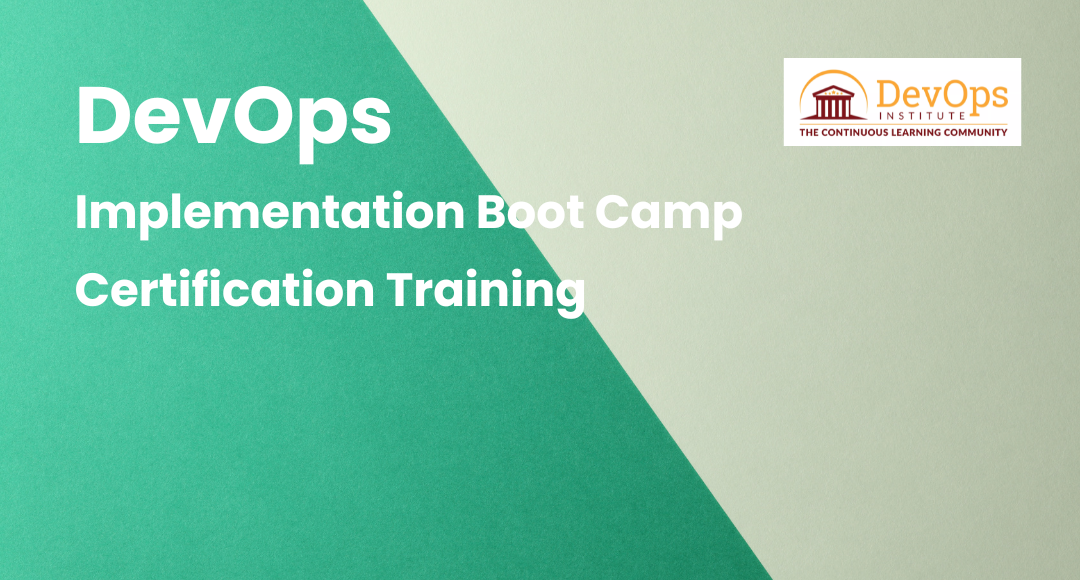
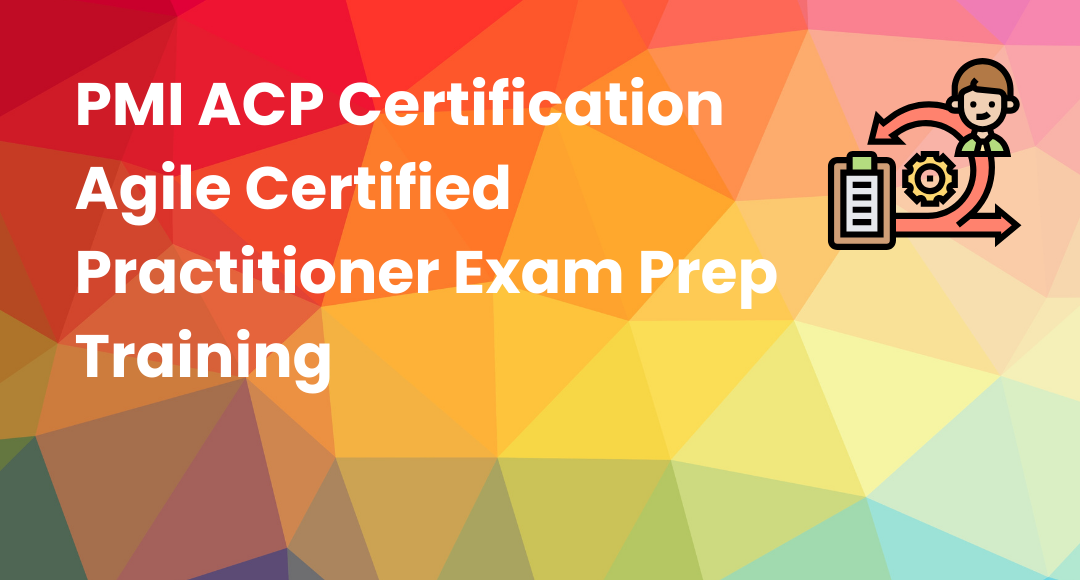

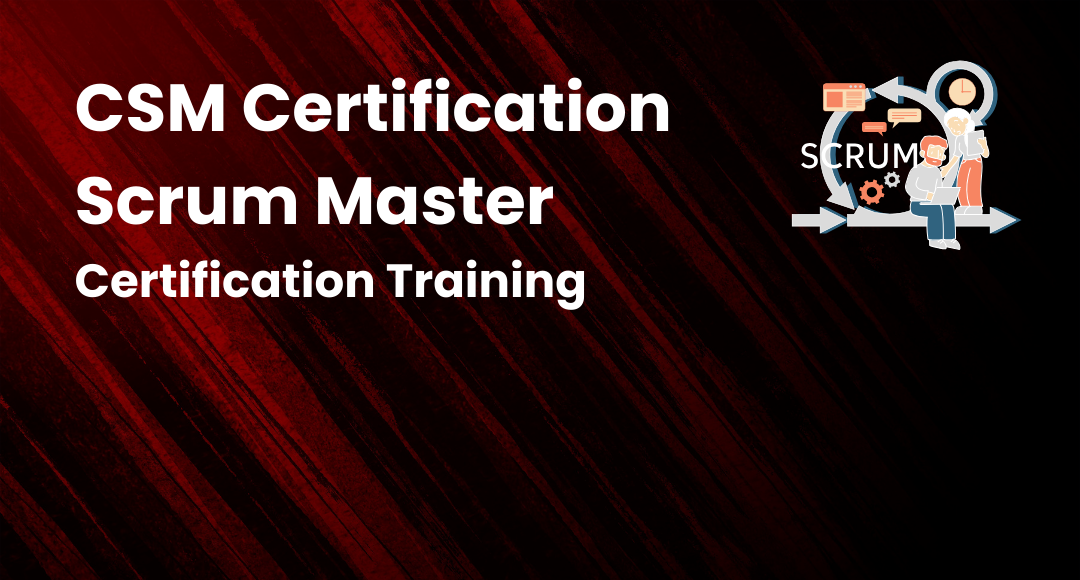
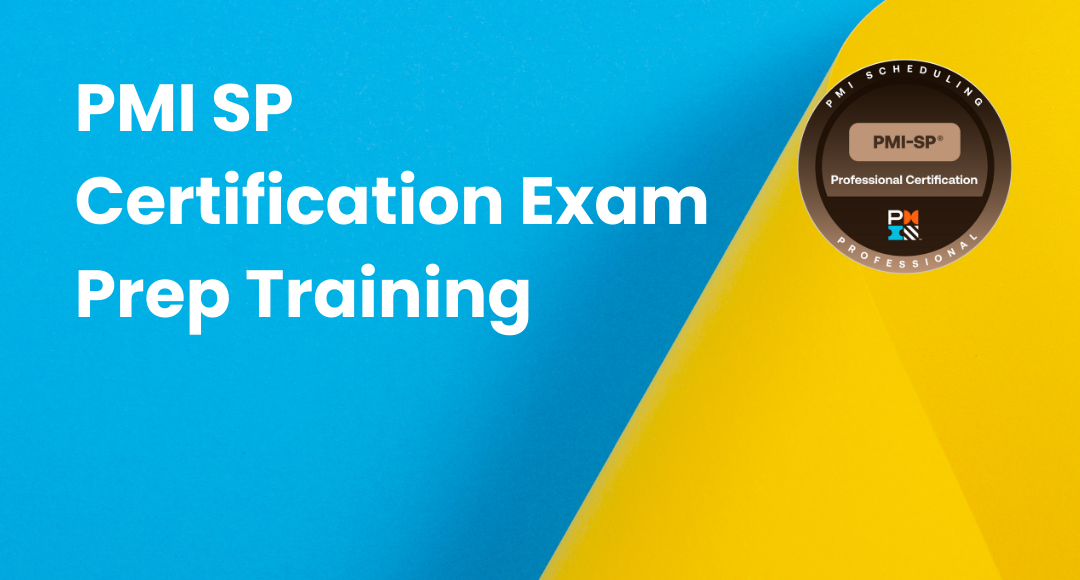

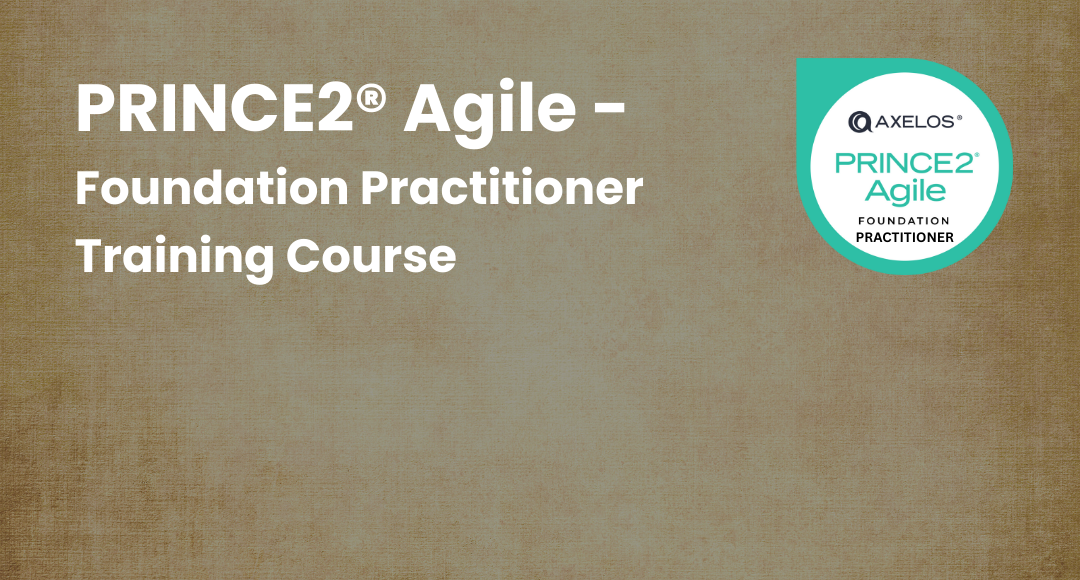
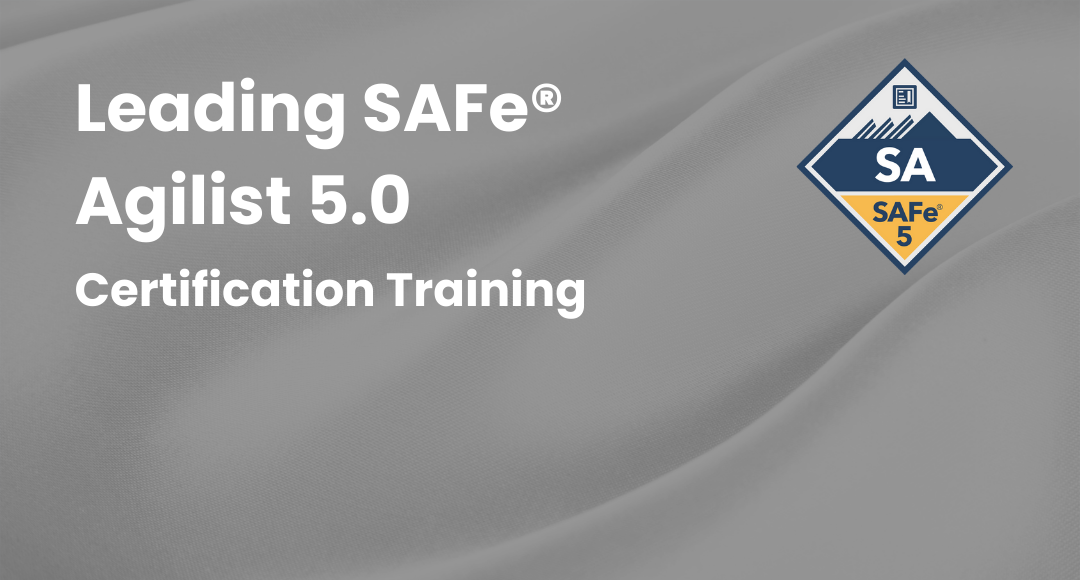
+Certification+Training.png)
